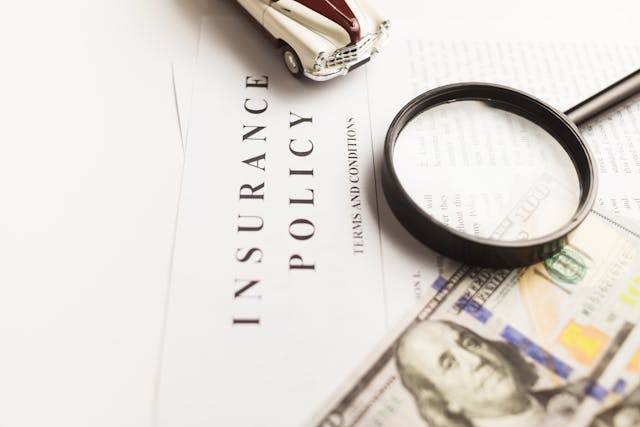Car insurance is one of those things you hope you never need but absolutely cannot ignore. It is more than just a legal requirement. It is financial protection that can make or break you in the event of an accident, theft, or unexpected damage. Still, with so many options out there, choosing the right policy can feel overwhelming.
This guide helps you focus on what matters, so you can get solid coverage without paying for things you do not need.
Start With What Your State Requires
First, understand the minimum car insurance required in your state. Most states mandate liability insurance, which covers injuries and damages you may cause to others in an accident. However, minimum coverage often falls short of actual costs during a serious collision.
Meeting legal requirements is the bare minimum. Real protection often means going above that baseline. Think of state-required insurance as your starting point—not your final stop.
Know the Types of Coverage
Every policy is made up of different coverage types. Knowing what each one does will help you build a plan that makes sense for your car, your budget, and your peace of mind.
- Liability coverage pays for damage and injuries you cause to others
- Collision coverage pays for damage to your own car in an accident
- Comprehensive coverage protects you from non-collision events like theft, vandalism, or weather damage
- Uninsured or underinsured motorist coverage steps in if the other driver cannot cover the costs
- Medical payments or personal injury protection helps with medical expenses for you and your passengers
You can customize your policy based on what you need, how much you drive, and how much risk you are willing to take.
Evaluate Your Car and Driving Habits
A brand-new SUV parked outside an apartment complex will not need the same coverage as a five-year-old sedan kept in a private garage. Start by thinking through your lifestyle, driving habits, and the actual value of your car.
If your vehicle is paid off and its value is low, you might consider skipping collision or comprehensive coverage. On the other hand, if replacing it would be difficult or costly, a more complete policy is probably worth it.
Also consider how far you drive, where you park, and how often you are on the road. The more time you spend behind the wheel, the more protection you may need.
Shop Around and Compare Quotes
Do not settle for the first insurance quote that lands in your inbox. Rates vary widely depending on the provider, your location, driving history, credit score, and more.
Gather at least three quotes from different companies. Make sure each one offers similar coverage so you are comparing apples to apples. Look at deductibles, premiums, and the fine print for discounts or exclusions.
Online comparison tools can speed this up, but also take time to call or chat with an agent. Human insight can often uncover savings or explain confusing terms in a way a website cannot.
Understand the Deductible
The deductible is the amount you pay out of pocket before your insurance covers the rest. Choosing a higher deductible often lowers your monthly premium, but it also means more cost upfront if something happens.
Think about your financial cushion. Could you comfortably cover a 1,000 dollar repair bill if your car were damaged tomorrow? If not, a lower deductible may be the safer bet—even if it raises your monthly rate a bit.
It all comes down to what you are willing and able to risk financially in a worst-case scenario.
Ask About Discounts
Many insurance providers offer discounts that can lower your premium without reducing coverage. Some common ones include:
- Safe driver or accident-free history
- Bundling home and auto insurance with the same company
- Low mileage or work-from-home status
- Anti-theft devices or safety features in your car
- Good student discounts for younger drivers
Always ask what is available. One phone call could unlock savings you did not even know you qualified for.
Reassess Each Year
Your insurance should evolve with your life. Got a new job with a shorter commute? Moved to a safer neighborhood? Paid off your vehicle loan? These changes can all affect your insurance needs and cost.
Set a reminder to review your policy every year. Compare quotes again, check that your coverage still fits your car and lifestyle, and look for new discounts. Loyalty is good, but not if it means overpaying.
Getting the right car insurance is not about picking the cheapest policy. It is about knowing what you are protecting, understanding your options, and making sure the numbers add up for your budget and peace of mind.
With a little time and the right information, you can build a policy that works for you—not just your insurer. Keep it practical, keep it focused, and make sure every part of your coverage earns its place on the page.




